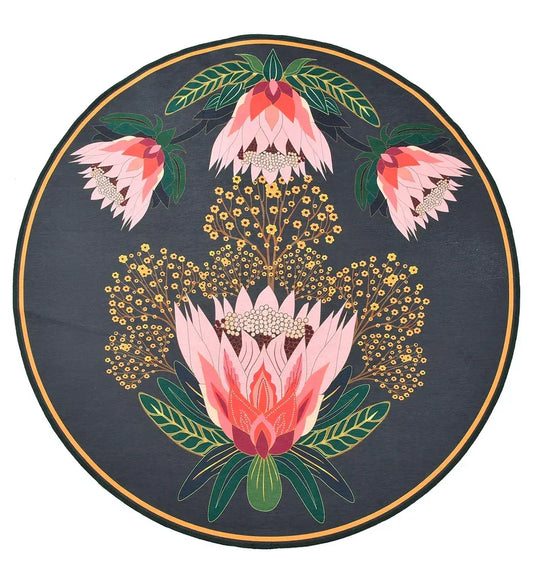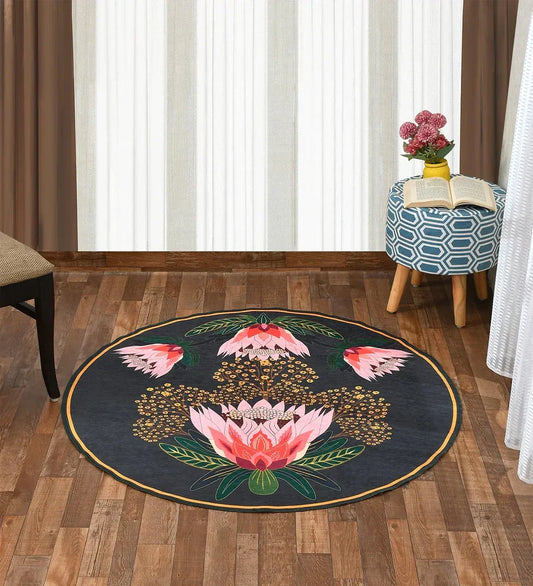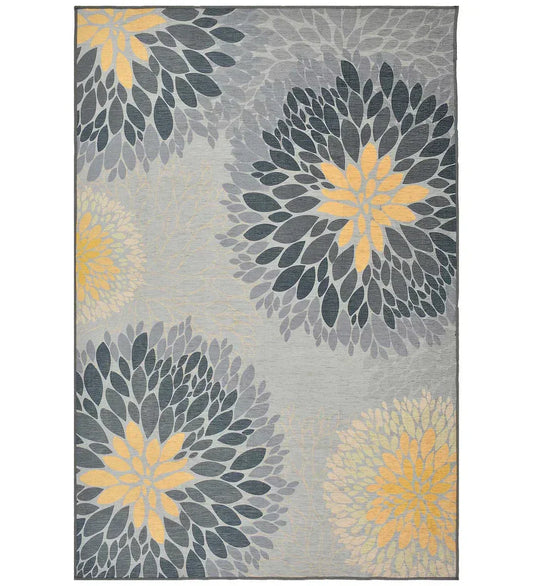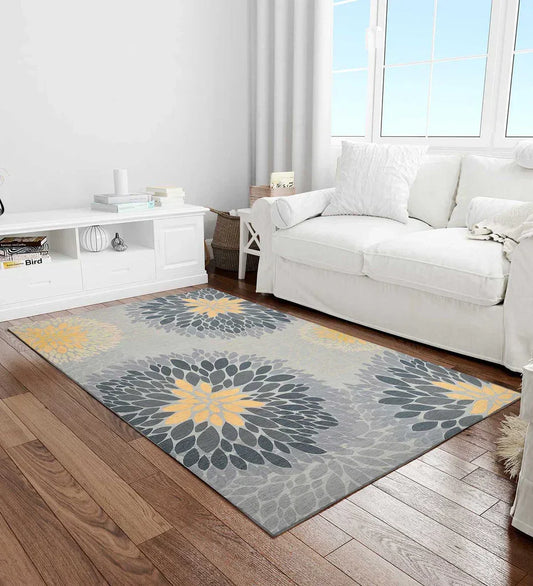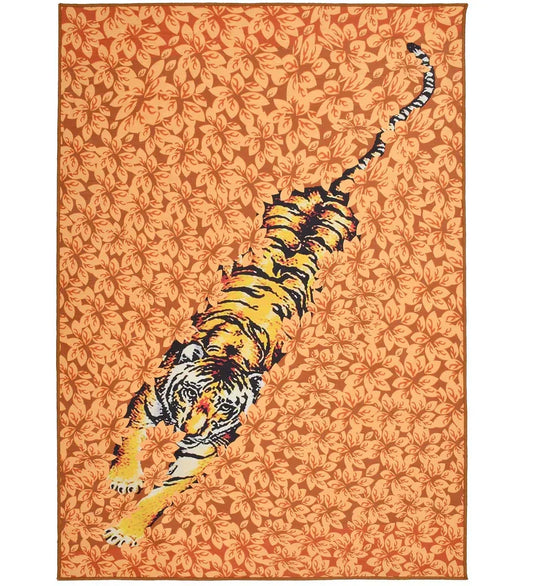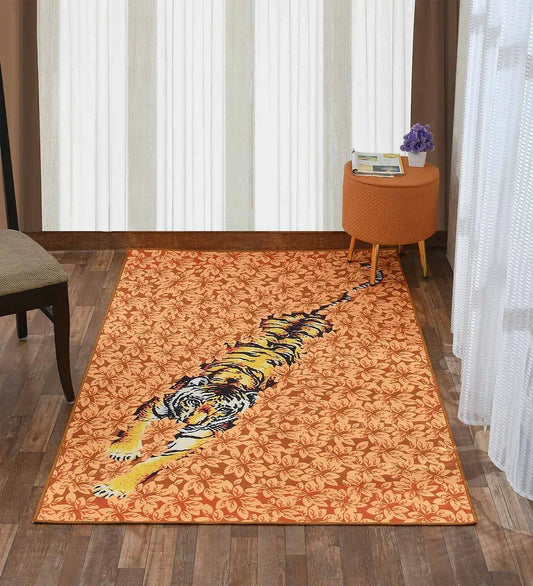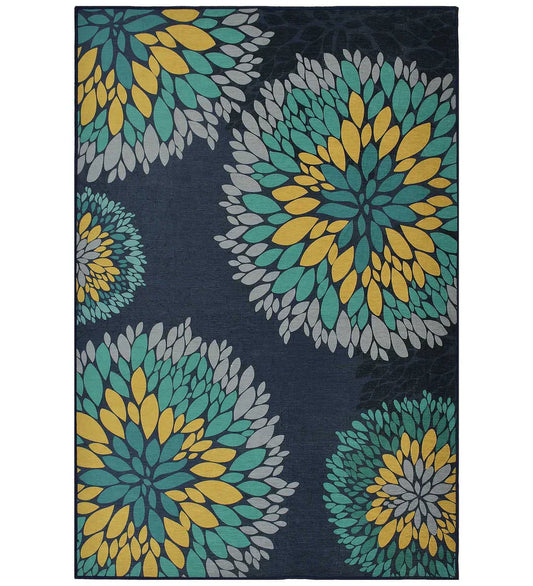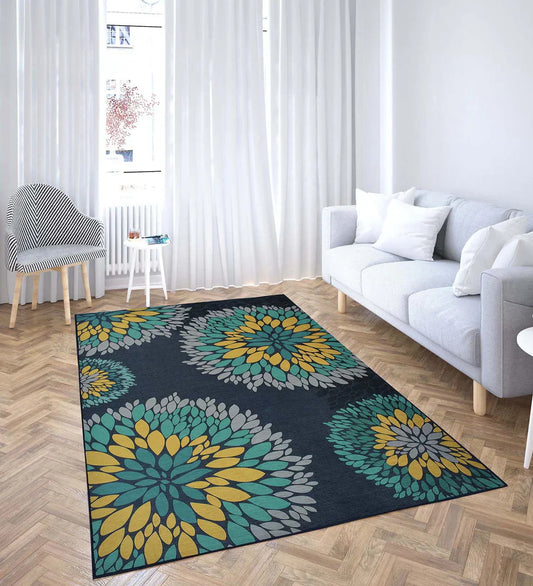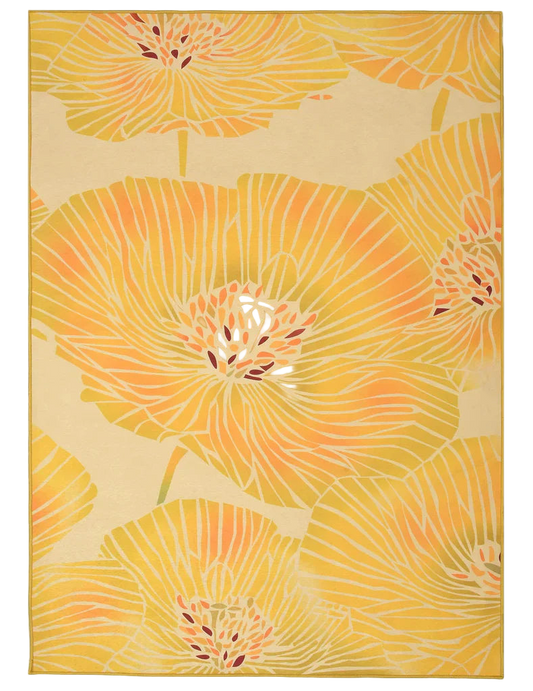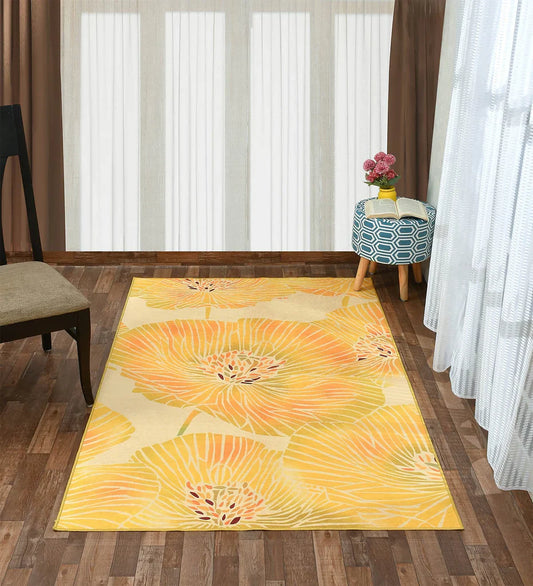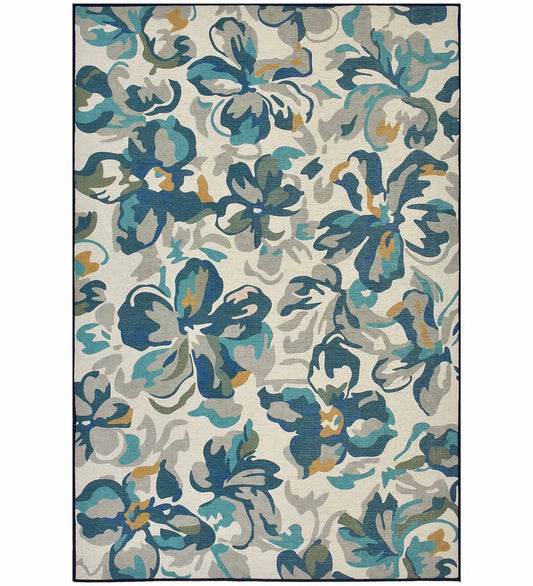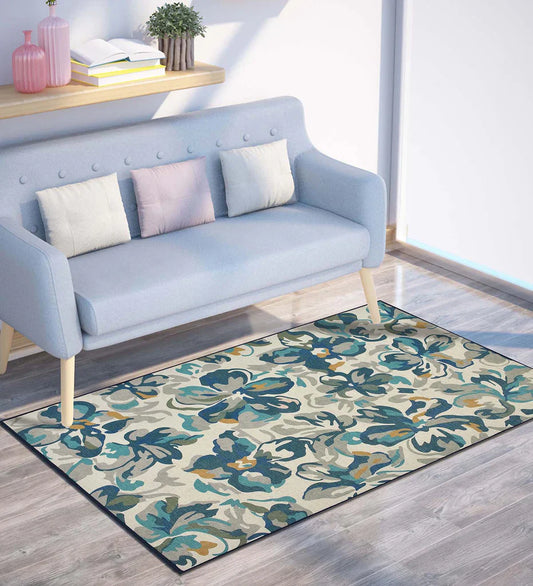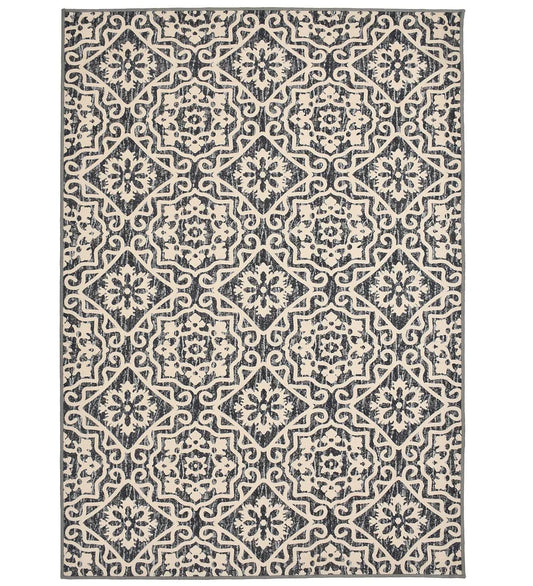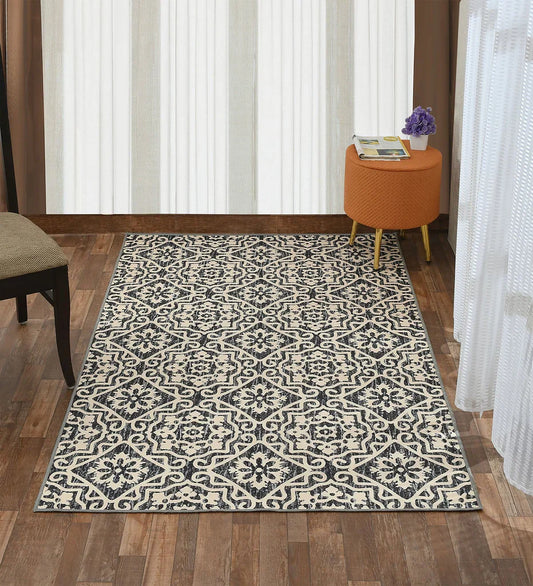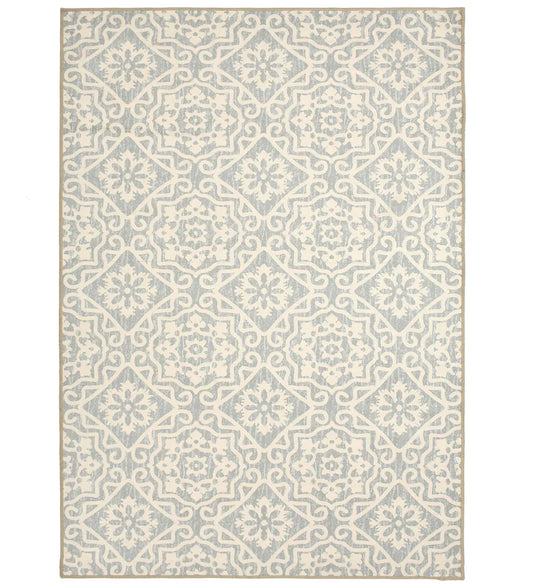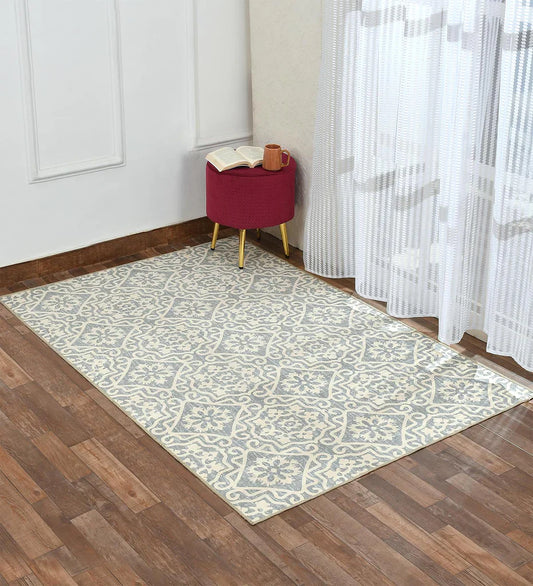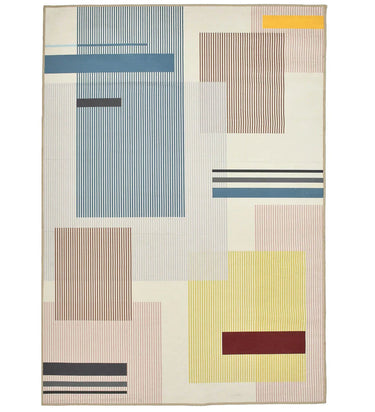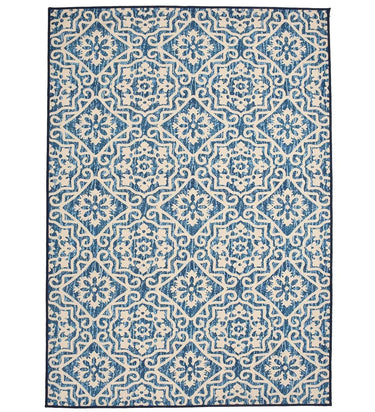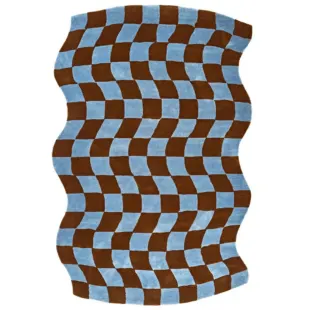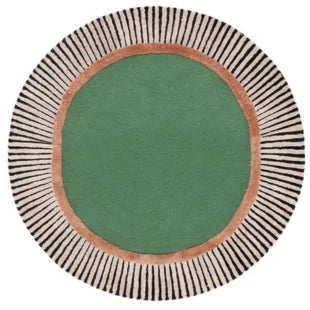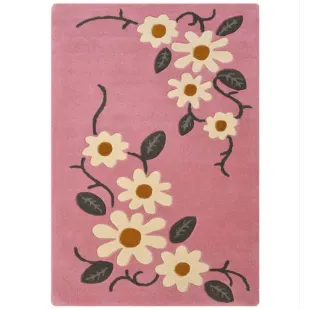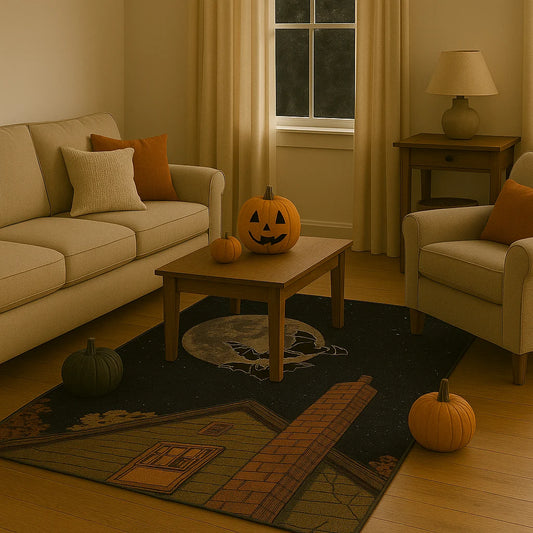Explore all the key differences between hand-knotted and hand-tufted rugs. Learn which rug type suits your needs based on craftsmanship, durability, cost, and design.
Choosing Between Hand-Knotted and Hand-Tufted Rugs
Whenever you are selecting the right rug for your space, you should understand all the differences between hand-knotted rugs vs hand-tufted rugs; it is very essential.
As we know, both are the types of handmade rugs, but they differ significantly in terms of construction, durability, cost, and aesthetics.
This is our detailed guide to explore everything you need to know, from what a hand-tufted rug means to why hand-knotted wool rugs are considered heirloom pieces; you will catch every point in this guide.
What Is a Hand-Knotted Rug?
The Art of Knotting: A Time-Honored Craft,
Hand-knotted rugs making is a traditional technique created by using a weaving technique where each and every knot is individually tied by hand onto a vertical loom.
This process can take months to years, which totally depends on the rug's size and complexity.
The technique dates back centuries and is still practised today in producing rugs in regions like Persia (Iran), India, Nepal, and Turkey.
What Does Hand-Knotted Rug Really Mean?
The term 'hand-knotted' refers to the manual process of knotting yarns onto a foundation of warp (vertical threads) and weft (horizontal threads).
A rug with a higher knot-per-square-inch (KPSI) count indicates the finer quality and intricate detail.
Materials Used in Hand-Knotted Rugs:
- Wool: Durable, soft, and resilient. Most commonly used.
- Silk: Luxurious and luminous, ideal for low-traffic, formal spaces.
- Cotton: Often used for the warp and weft foundation, providing stability.
Key Characteristics of Hand-Knotted Rugs:
- Lifespan: Can last 20-100+ years with proper care.
- Design: Intricate, often reflecting regional or tribal artistry.
- Value: Retains and sometimes increases in value; considered a long-term investment.
What Is a Hand-Tufted Rug?
Hand-Tufting: A Modern Manual Method,
If you’re wondering, “What does hand-tufted mean?” The answer lies in the process.
Hand-tufted rugs are totally made by punching strands of yarn into a pre-drawn canvas using a tufting gun, a handheld mechanical tool.
Unlike the knotting rug, this method does not involve tying yarns individually.
Tufted Rug Definition:
A tufted rug is a textile floor covering where yarn loops are inserted into a base cloth and then secured with latex backing.
The pile is then sheared to create a smooth surface.
Hand-Tufted Rug Construction Process:
- Canvas Setup: A design is printed on a stretched canvas.
- Yarn Tufting: Yarns are punched through the canvas using a tufting gun.
- Backing Application: A layer of latex is added to hold the yarn in place.
- Cloth Finishing: A final fabric backing is attached to conceal the latex.
- Shearing and Washing: The surface is trimmed for uniform pile height.
Features of Hand-Tufted Rugs
- Comfort: Thick, plush, and soft underfoot.
- Affordability: Generally less expensive than hand-knotted rugs.
- Design Range: Wide variety of patterns and colors.
Hand-Knotted vs. Hand-Tufted Rugs: Key Differences
1. Construction Method:
|
Feature |
Hand-Knotted |
Hand-Tufted |
|
Technique |
Individual knots were tied by hand. |
Yarn is punched with a tufting gun. |
|
Backing |
No backing; the design is visible |
Latex backing covered by fabric. |
|
Time Required |
Months to years. |
Hours to days. |
2. Durability and Lifespan:
- Hand-Knotted Rugs: Incredibly durable; can withstand decades of use and heavy traffic.
- Hand-Tufted Rugs: Best for low- to medium-traffic areas; typical lifespan is 5–15 years.
3. Cost and Investment Value:
- Hand-Knotted: High upfront cost; considered collectible and resalable.
- Hand-Tufted: Budget-friendly; ideal for temporary or trend-based decor.
4. Design Complexity:
- Hand-Knotted Rugs: Capable of very fine, intricate patterns due to the high knot density.
- Hand-Tufted Rugs: Suitable for bold, graphic patterns but limited in fine detail.
Which Rug Type Should You Choose?
When to Choose a Hand-Knotted Rug:
Ideal for:
- High-traffic areas like living rooms and hallways.
- Formal settings such as dining rooms or executive offices.
- Collectors and investors who value traditional craftsmanship.
Example: A silk-on-silk, hand-knotted rug in a dining room can become a showpiece while also appreciating in value over time.
When to Choose a Hand-Tufted Rug:
Perfect for:
- Low-traffic areas such as bedrooms or home offices.
- Children’s rooms where comfort and color variety matter.
- Design flexibility if you like to redecorate often.
Example: A hand-tufted wool rug in a nursery offers softness underfoot and vibrant colors without breaking the bank.
Frequently Asked Questions:
What is the difference between hand-knotted and hand-tufted rugs?
Hand-knotted rugs are made by tying each knot individually by hand, making them more durable and expensive. Hand-tufted rugs use a tufting gun to insert yarn into a canvas, making them quicker to produce and more affordable.
What is a tufted rug?
A tufted rug refers to any rug where the pile is created by pushing yarn into a backing rather than knotting it. It includes both machine-tufted and hand-tufted varieties.
What does 'tufted' mean in a rug?
In rug terminology, "tufted" means yarn has been inserted into a base fabric, typically using a tufting gun, and then secured with a backing. It’s a faster and more affordable alternative to hand-knotting.
Are hand-tufted rugs good quality?
Yes, hand-tufted rugs can be of excellent quality, especially when made from natural fibers like wool. However, they generally won’t last as long as hand-knotted rugs.
What is the meaning of 'hand-loomed' vs 'hand-knotted'?
A hand-loomed rug is only woven manually on a loom but doesn’t involve knotting. It usually produces flatwoven rugs.
On the other hand, hand-knotted rugs require more craftsmanship, as each knot is tied individually.
How can I tell if a rug is hand-knotted or hand-tufted?
Turn the rug over.
- Hand-knotted: The pattern is visible on the back, and you’ll see individual knots.
- Hand-tufted: The back is covered with a canvas or cloth backing hiding the yarn ends.
Care and Maintenance Tips:
Caring for Hand-Knotted Rugs:
- Vacuum weekly without using the beater bar.
- Rotate every 6 months to prevent uneven wear.
- Professional cleaning every 1–2 years.
- Avoid damp or wet environments.
Care for Hand-Tufted Rugs:
- Vacuum gently and regularly.
- Do not drag heavy furniture across the rug.
- Clean spots immediately with a damp cloth.
- Avoid moisture to prevent latex backing degradation.
All the Related Rug Types You Should Know:
- Hand-Hooked Rugs: Created with a hook instead of a tufting gun; loops are left intact.
- Flatwoven Rugs: No pile; woven on a loom (e.g., Kilims, Dhurries).
- Machine-Tufted or Loomed Rugs: Made entirely by automated machines; lowest cost but also lowest longevity.
Final Thoughts: Hand-Knotted vs Hand-Tufted.
So, to be pretty honest, if you value heritage, longevity, and craftsmanship, invest in a hand-knotted rug.
If you want to prioritize comfort, affordability, and variety, a hand-tufted rug may be the better option.
Ultimately, the right rug totally depends on your lifestyle, room usage, and budget.
A strategic mix, like hand-knotted rugs in public areas and hand-tufted rugs in private rooms, can also optimize both style and function.
Crafted with intention by Hazel Grace | Marketing & Content Team - Mannat Rugs.
